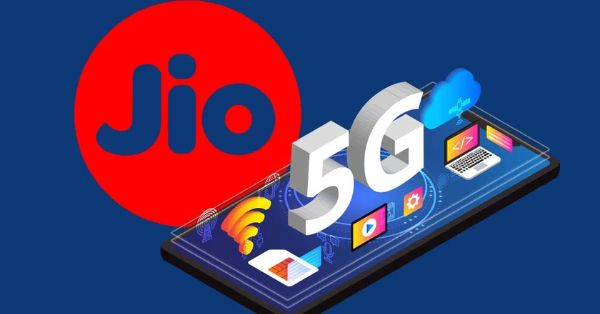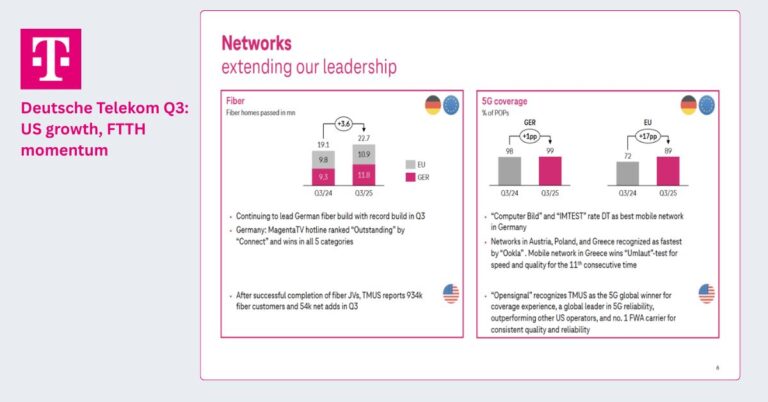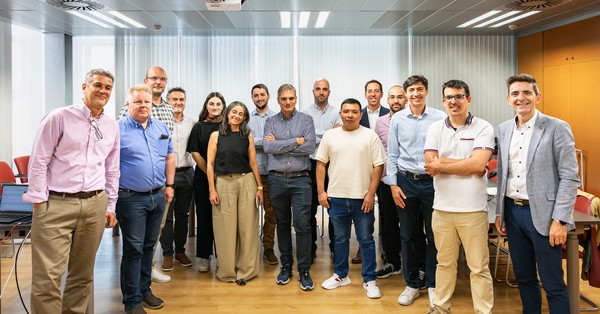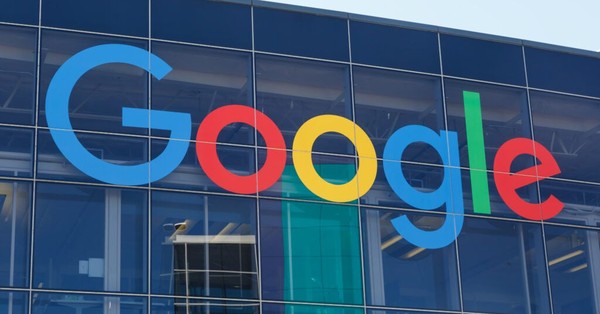- Tech News & Insight
- November 24, 2025
- Hema Kadia
Policy choices over the next two years will set the capacity ceiling for 6G-era services through the 2030s. Mobile traffic is overwhelmingly urban, concentrated in a small fraction of national land areas and rising fastest in very dense zones. The GSMA’s new Vision 2040 analysis concludes these levers will not





























